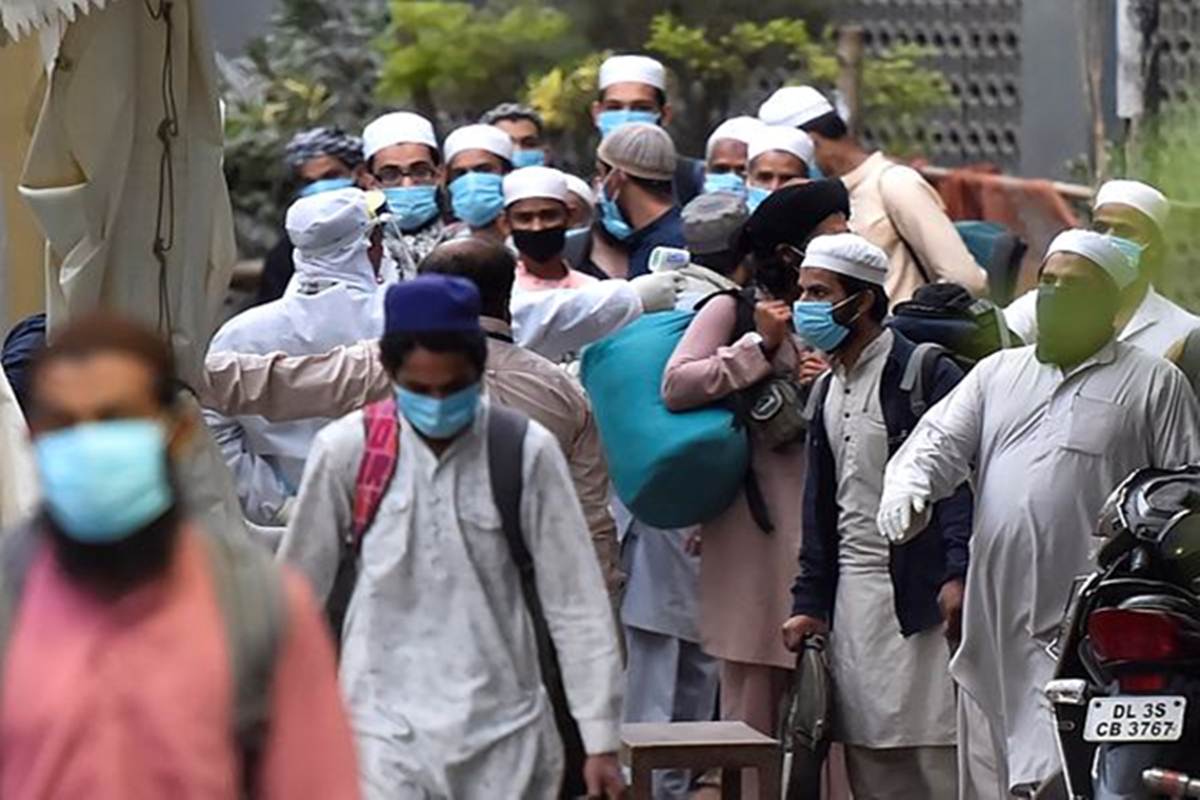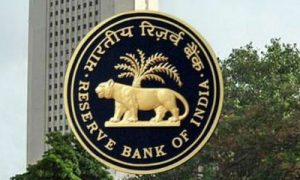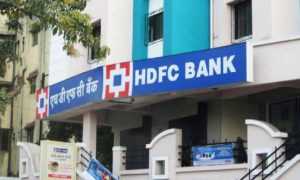India on Wednesday identified 170 Covid-19 hotspot districts and 207 districts that are potential hotspots and need severe containment measures by the government to flatten the coronavirus curve and stop the deadly infection from spreading further.
Scaling up its efforts to rein in the Covid-19 pandemic, the Ministry of Health and Family Welfare has advised all states to classify the country’s 718 districts into hotspots, non-hotspot districts and green zones. But the ministry has also warned that the 207 districts that are non-hotspots now have the potential to turn into hotspots so authorities should not allow any relaxation in lockdown norms in these districts.
States have been asked to categorise districts reporting the highest number of cases as red zones, districts where some cases have been found as non-hotspots and those which have reported no new confirmed cases in the last 28 days as green zones.
Hotspots or Red Zones are those districts which have been reporting the maximum number of cases or where the growth rate of Covid-19 cases is very high. Detailed directives have been issued to states indicating that consolidated efforts are required to use this extended lockdown to curb the spread of the virus.
The criteria to include a particular district into a list of hotspots will be to check if the case load of the district contributes to more than 80% of cases in lndia or the case load contributes to more than 80% of cases for each state in lndia.
Districts which display a doubling rate less than 4 days (calculated every Monday for last 7 days, to be determined by the state government) will also be called a Covid-19 hotspot or Red Zone.
Any district where no new confirmed cases have emerged for the last 28 days will be dubbed a Green Zone. A district currently identified as a Covid-19 hotspot can eventually move into the ‘green’ category, if no fresh cases emerge in 28 days.
Currently, hotspot districts with large outbreaks of coronavirus cases in the country are 123 and hotspots with a cluster of cases are 47. Non hotspot districts with a cluster of cases are 207.
According to the ministry, the containment operation would be deemed over when no new case is reported in 28 days from an area and also after the last case tests negative.
Designated Red Zones or Hotspots will need to carry out effective containment activities and, if no case is reported in the next 14 days they will turn into designated Orange Zones.
If after that no case is reported for 28 days the erstwhile hotspot will turn into a green zone.
States have also been briefed by the Centre about large outbreak containment strategies, cluster containment strategies, delineation of buffer and containment zones, parameter mapping, and definitions of entry and exit points to curb the spread of the virus.
As part of the lockdown, movement of people will not be allowed in containment zones, except for those related to essential services, and special teams will continue to look for new cases in untapped areas.

































